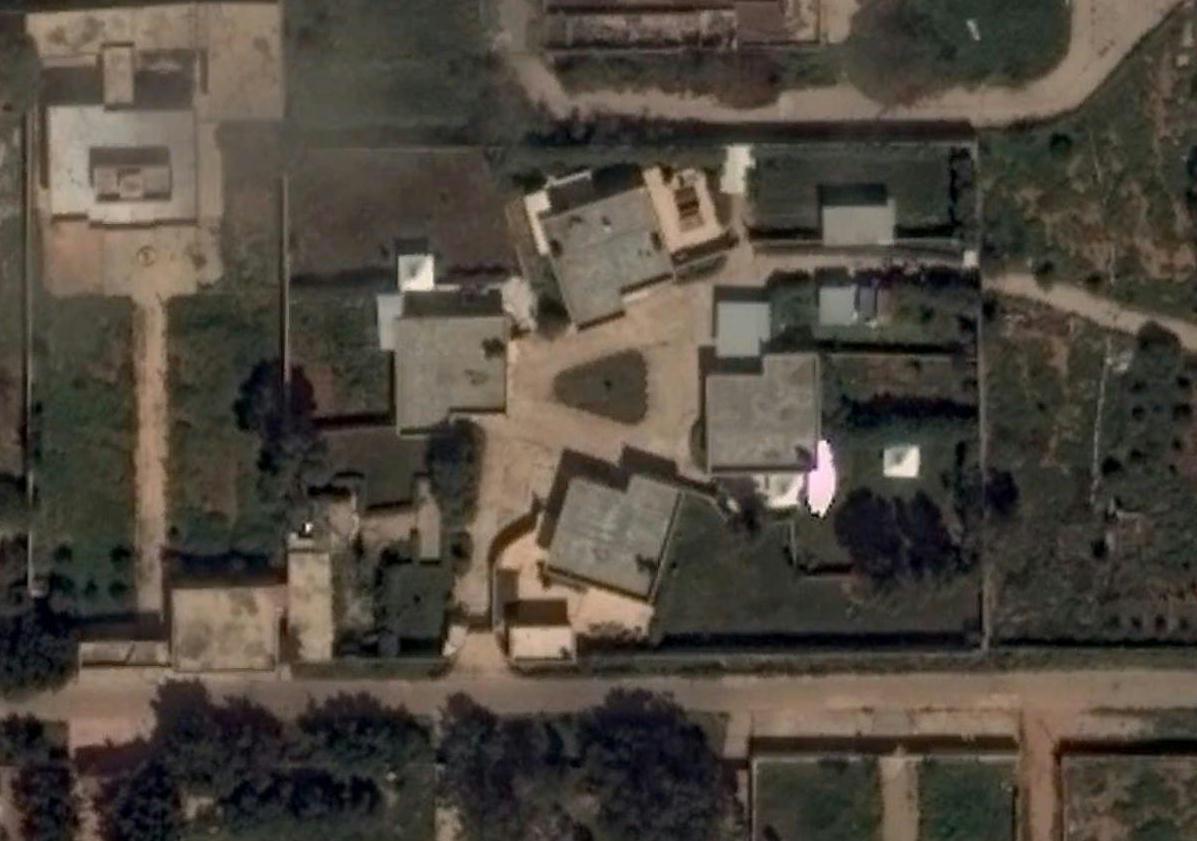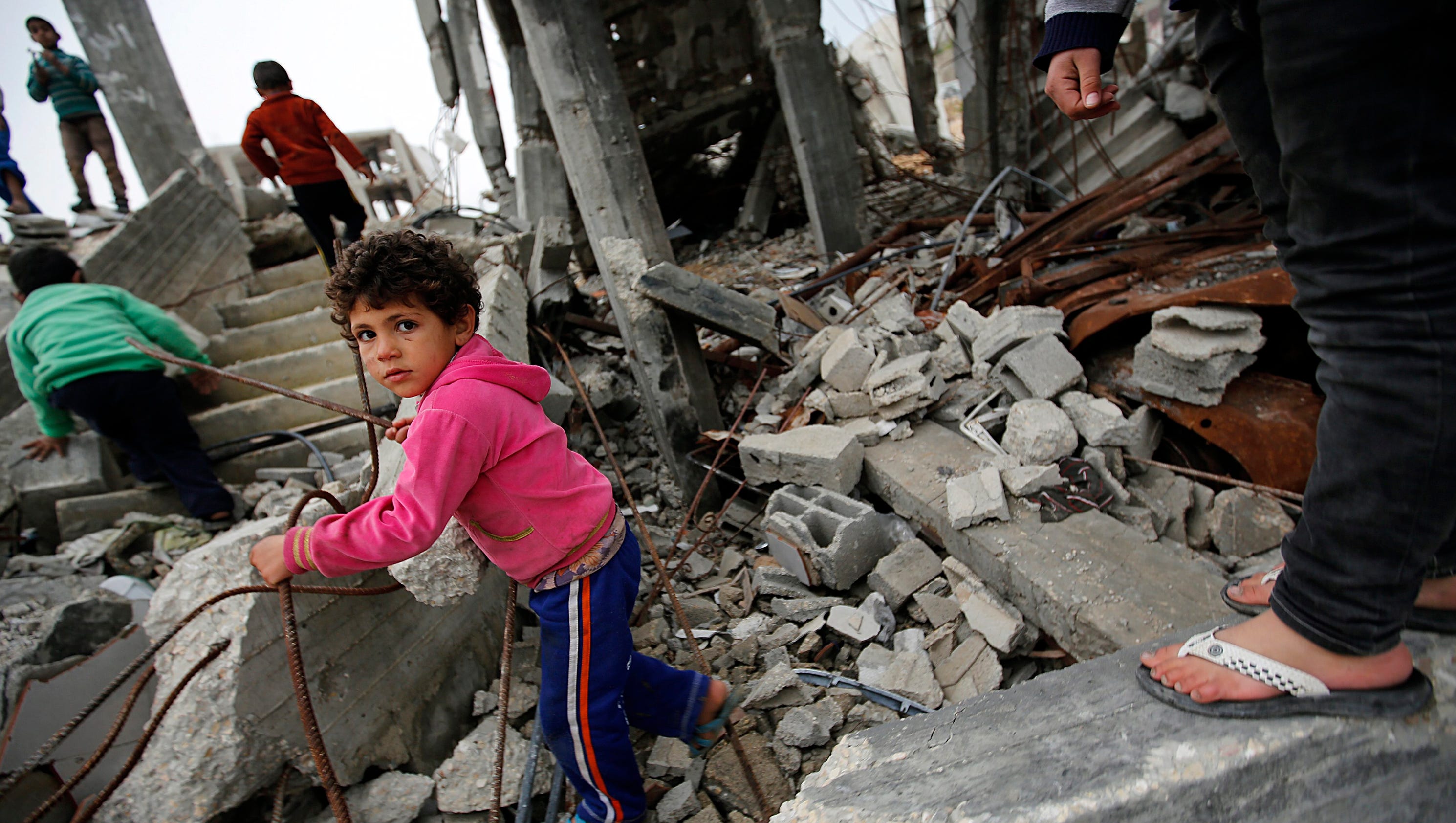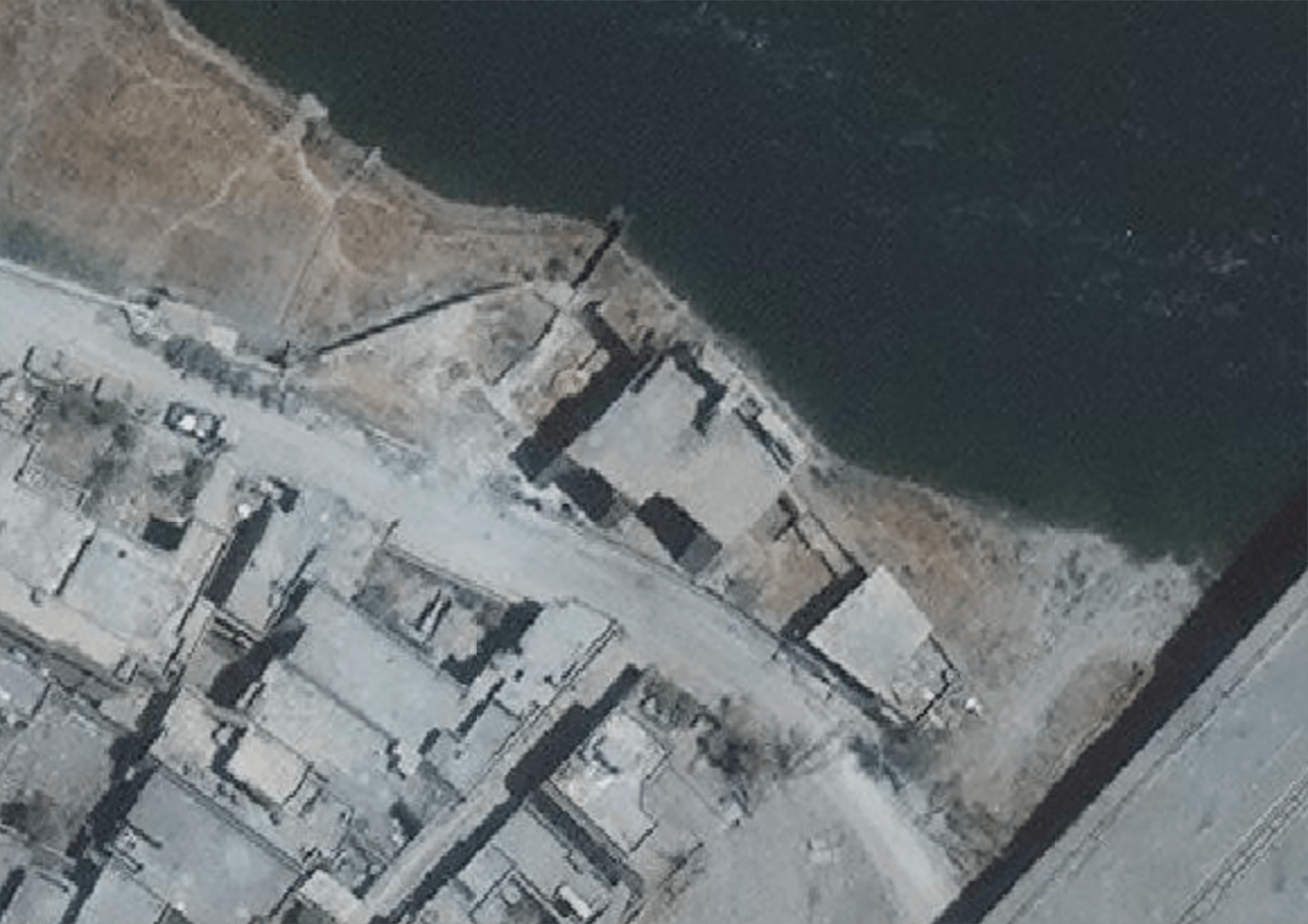Primer:
The following facts are among the many new revelations in Part I:
- Despite President Obama and Secretary of Defense Leon Panetta’s clear orders to deploy military assets, nothing was sent to Benghazi, and nothing was en route to Libya at the time the last two Americans were killed almost 8 hours after the attacks began. [pg. 141]
- With Ambassador Stevens missing, the White House convened a roughly two-hour meeting at 7:30 PM, which resulted in action items focused on a YouTube video, and others containing the phrases “[i]f any deployment is made,” and “Libya must agree to any deployment,” and “[w]ill not deploy until order comes to go to either Tripoli or Benghazi.” [pg. 115]
- The Vice Chairman of the Joint Chiefs of Staff typically would have participated in the White House meeting, but did not attend because he went home to host a dinner party for foreign dignitaries. [pg. 107]
- A Fleet Antiterrorism Security Team (FAST) sat on a plane in Rota, Spain, for three hours, and changed in and out of their uniforms four times. [pg. 154]
- None of the relevant military forces met their required deployment timelines. [pg. 150]
- The Libyan forces that evacuated Americans from the CIA Annex to the Benghazi airport was not affiliated with any of the militias the CIA or State Department had developed a relationship with during the prior 18 months. Instead, it was comprised of former Qadhafi loyalists who the U.S. had helped remove from power during the Libyan revolution. [pg. 144]
The following facts are among the many new revelations in Part II:
- Five of the 10 action items from the 7:30 PM White House meeting referenced the video, but no direct link or solid evidence existed connecting the attacks in Benghazi and the video at the time the meeting took place. The State Department senior officials at the meeting had access to eyewitness accounts to the attack in real time. The Diplomatic Security Command Center was in direct contact with the Diplomatic Security Agents on the ground in Benghazi and sent out multiple updates about the situation, including a “Terrorism Event Notification.” The State Department Watch Center had also notified Jake Sullivan and Cheryl Mills that it had set up a direct telephone line to Tripoli. There was no mention of the video from the agents on the ground. Greg Hicks—one of the last people to talk to Chris Stevens before he died—said there was virtually no discussion about the video in Libya leading up to the attacks. [pg. 28]
- The morning after the attacks, the National Security Council’s Deputy Spokesperson sent an email to nearly two dozen people from the White House, Defense Department, State Department, and intelligence community, stating: “Both the President and Secretary Clinton released statements this morning. … Please refer to those for any comments for the time being. To ensure we are all in sync on messaging for the rest of the day, Ben Rhodes will host a conference call for USG communicators on this chain at 9:15 ET today.” [pg. 39]
- Minutes before the President delivered his speech in the Rose Garden, Jake Sullivan wrote in an email to Ben Rhodes and others: “There was not really much violence in Egypt. And we are not saying that the violence in Libya erupted ‘over inflammatory videos.’” [pg. 44]
- According to Susan Rice, both Ben Rhodes and David Plouffe prepared her for her appearances on the Sunday morning talk shows following the attacks. Nobody from the FBI, Department of Defense, or CIA participated in her prep call. While Rhodes testified Plouffe would “normally” appear on the Sunday show prep calls, Rice testified she did not recall Plouffe being on prior calls and did not understand why he was on the call in this instance. [pg.98]
- On the Sunday shows, Susan Rice stated the FBI had “already begun looking at all sorts of evidence” and “FBI has a lead in this investigation.” But on Monday, the Deputy Director, Office of Maghreb Affairs sent an email stating: “McDonough apparently told the SVTS [Secure Video Teleconference] group today that everyone was required to ‘shut their pieholes’ about the Benghazi attack in light of the FBI investigation, due to start tomorrow.” [pg. 135]
- After Susan Rice’s Sunday show appearances, Jake Sullivan assured the Secretary of the State that Rice “wasn’t asked about whether we had any intel. But she did make clear our view that this started spontaneously and then evolved.” [pg. 128]
- Susan Rice’s comments on the Sunday talk shows were met with shock and disbelief by State Department employees in Washington. The Senior Libya Desk Officer, Bureau of Near Eastern Affairs, State Department, wrote: “I think Rice was off the reservation on this one.” The Deputy Director, Office of Press and Public Diplomacy, Bureau of Near Eastern Affairs, State Department, responded: “Off the reservation on five networks!” The Senior Advisor for Strategic Communications, Bureau of Near East Affairs, State Department, wrote: “WH [White House] very worried about the politics. This was all their doing.” [pg. 132]
- The CIA’s September 13, 2012, intelligence assessment was rife with errors. On the first page, there is a single mention of “the early stages of the protest” buried in one of the bullet points. The article cited to support the mention of a protest in this instance was actually from September 4. In other words, the analysts used an article from a full week before the attacks to support the premise that a protest had occurred just prior to the attack on September 11. [pg. 47]
- A headline on the following page of the CIA’s September 13 intelligence assessment stated “Extremists Capitalized on Benghazi Protests,” but nothing in the actual text box supports that title. As it turns out, the title of the text box was supposed to be “Extremists Capitalized on Cairo Protests.” That small but vital difference—from Cairo to Benghazi—had major implications in how people in the administration were able to message the attacks. [pg. 52]
Read the full report here as published by the Select Committee on Benghazi
Judge orders new searches for Clinton Benghazi emails
Politico: Nine months after the presidential election was decided, a federal judge is ordering the State Department to try again to find emails Hillary Clinton wrote about the Benghazi attack.
U.S. District Court Judge Amit Mehta ruled that the State Department had not done enough to try to track down messages Clinton may have sent about the assault on the U.S. diplomatic compound on Sept. 11, 2012 — an attack that killed four Americans, including the U.S. ambassador to Libya.
In response to Freedom of Information Act requests, State searched the roughly 30,000 messages Clinton turned over to her former agency at its request in December 2014 after officials searching for Benghazi-related records realized she had used a personal email account during her four-year tenure as secretary.
State later searched tens of thousands of emails handed over to the agency by three former top aides to Clinton: Huma Abedin, Cheryl Mills and Jake Sullivan. Finally, State searched a collection of emails the FBI assembled when it was investigating Clinton’s use of the private account and server.
In all, State found 348 Benghazi-related messages or documents that were sent to or from Clinton in a period of nearly five months after the attack.
However, the conservative watchdog group Judicial Watch argued that the search wasn’t good enough because State never tried to search its own systems for relevant messages in the official email accounts of Clinton’s top aides.
In a 10-page ruling issued Tuesday, Mehta — an Obama appointee — agreed.
“To date, State has searched only data compilations originating from outside sources — Secretary Clinton, her former aides, and the FBI. … It has not, however, searched 8 the one records system over which it has always had control and that is almost certain to contain some responsive records: the state.gov e-mail server,” Mehta wrote.
“If Secretary Clinton sent an e-mail about Benghazi to Abedin, Mills, or Sullivan at his or her state.gov e-mail address, or if one of them sent an e-mail to Secretary Clinton using his or her state.gov account, then State’s server presumably would have captured and stored such an e-mail. Therefore, State has an obligation to search its own server for responsive records.”
Justice Department lawyers representing State argued that making them search other employees’ accounts for Clinton’s emails would set a bad precedent that would belabor other FOIA searches.
But Mehta said the circumstances surrounding Clinton’s email represented “a specific fact pattern unlikely to arise in the future.”
A central premise of Mehta’s ruling is that the State Department’s servers archived emails from Clinton’s top aides. However, it’s not clear that happened regularly or reliably.
State Department officials have said there was no routine, automated archiving of official email during Clinton’s tenure. Some officials did copy their mailboxes from time to time and put archived message folders on desktop computers or servers, so State may still have some messages from the aides, but the FBI may already have acquired some of those messages during its inquiry.
A State Department spokesperson declined to comment on the judge’s decision. A Justice Department spokesman said: “We are reviewing the judge’s opinion and order.”







